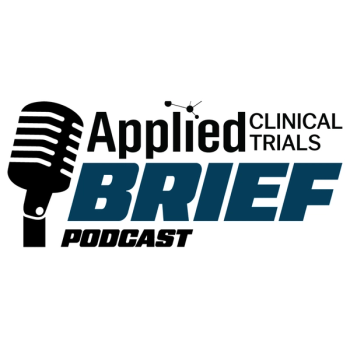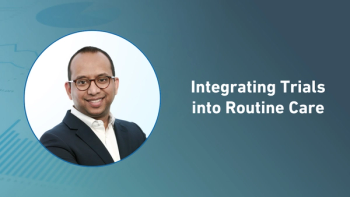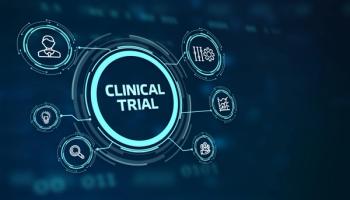
- Applied Clinical Trials-01-01-2013
- Volume 22
- Issue 1
Clinical Trial Management Systems: Here to Stay?
There are a number of common adages that float around the clinical trial industry, which are usually based in some form of truth.
There are a number of common adages that float around the clinical trial industry, which are usually based in some form of truth:
- Access to patients is the number one problem in clinical research.
- Eighty percent of patients come from 20% of sites, but sponsors keep going back to 100% of sites.
- Monitoring hours are one of the highest costs in a clinical trial.
Laurie Jassenoff, Vice President, Palm Beach Research Center
These phrases, while sounding cliché, do highlight some of the most frequent and cost-heavy challenges in clinical research and relate in one way or another to effective clinical trial management. But the questions remain: How do organizations proactively manage the many different moving pieces and parts of a trial? How can sponsors and CROs alike harvest and institutionalize information on how to run trials effectively? How can operational managers see useful information across dozens of trials to keep programs on track and identify potential problems before they happen?
These are the types of problems a clinical trial management system (CTMS) can address. However, it is not always a smooth and seamless process.
When web-based EDC and automated randomization systems emerged over a dozen years ago it seemed that some of these new systems might eliminate the need for standalone CTMSs. That has not proven to be the case. The need for CTMS is still important for sponsors, CROs, and sites.
Many technology systems are touted to include "business intelligence" or digital dashboards and compatibility with other systems. It's also become common to include compatibility and integration with other data management systems as a core capability of eClinical systems, but it's more difficult to implement in ways that are meaningful and beneficial to end users.
This was the case with Palm Beach Research Center, an investigation site that conducts Phase I-IV clinical programs. Laurie Jassenoff, MBA, Vice President of Palm Beach explains, "Today, to get any kind of information on a clinical research program we have to query a particular database. If we want to look at studies, that's one database. If we want to look at studies with patients, that's a different database. It takes a lot of extra time and effort. When I log into my bank account I can view all my accounts at once. It would be great if as a researcher I could sign on to one integrated database with the same kind of front page to access all the information I need."
And while many systems can integrate with other systems, providing compliance and industry standards capabilities, there are cost and time considerations to integration that must be accounted for. Because integration can be difficult, many organizations can end up using different data sources during trial conduct and go through the process of merging data at the end. Janssenoff says, "for example, it would be a huge time saver if we can enter our source data and it merges with the eCRF."
Palm Beach Research Center is rolling out a CTMS in 2013. "Our goal is for the CTMS to become a huge patient database that will be able to show cross references of studies and patients, and patients in studies, in addition to having budget information integrated to show what we are invoicing and what is outstanding." Jassenoff said, "Ideally I'd like to be able to review this integrated data on my iPad anywhere, any time."
CTMS integrations make a great deal of business sense. The combined data streams provide real-time trial information that may come from ePRO, IVRS, and EDC systems that roll directly into CTMSs and roll up into a real time view of a trial.
How will CTMS look 10 years from now? That's what vendors and organizations alike are contemplating.
The likelihood seems strong that cloud-based computing will make it easier to provide meaningful dashboards from data across trials. The resulting information should flow more easily across systems into data warehouses and reporting servers that provide that actionable knowledge to a variety of stakeholders about the way trials are run.
—Sheila Rocchio, Vice President of PHT Corporation
Related Articles
Articles in this issue
almost 13 years ago
Act coveralmost 13 years ago
Free-to-Use eLearning Modulesalmost 13 years ago
Leading Clinical Projectsalmost 13 years ago
Business and News Update January 2013almost 13 years ago
Revisiting Clinical Grant Expendituresalmost 13 years ago
Collaboration Key to Modernizing Clinical Trialsalmost 13 years ago
New Year Challenges and Promises in Europealmost 13 years ago
Research Integrityalmost 13 years ago
EMA Forges Ahead with Data Access Initiativealmost 13 years ago
Will CROs Drive Faster Solutions Adoption?Newsletter
Stay current in clinical research with Applied Clinical Trials, providing expert insights, regulatory updates, and practical strategies for successful clinical trial design and execution.





.png)



.png)



.png)
.png)
